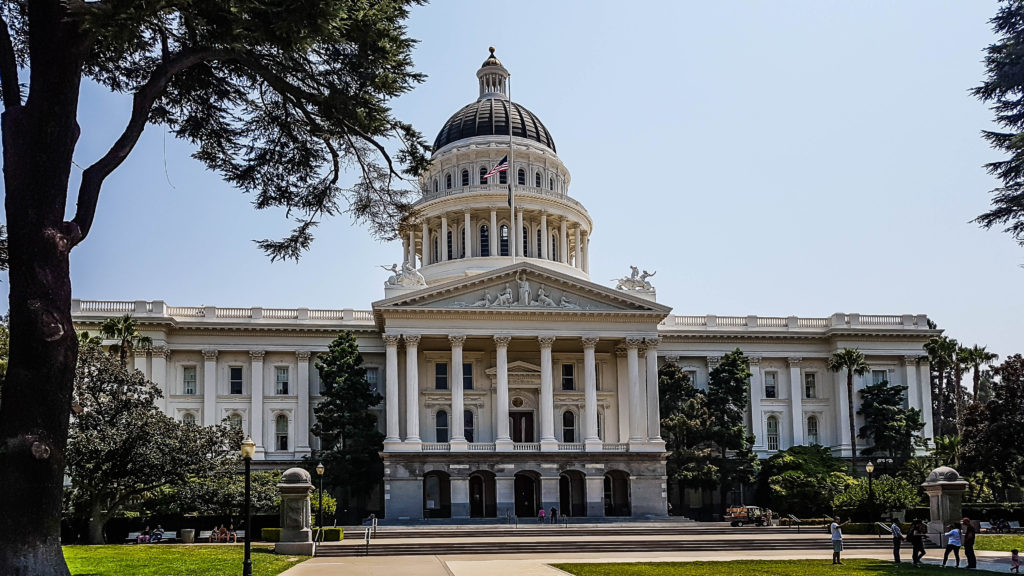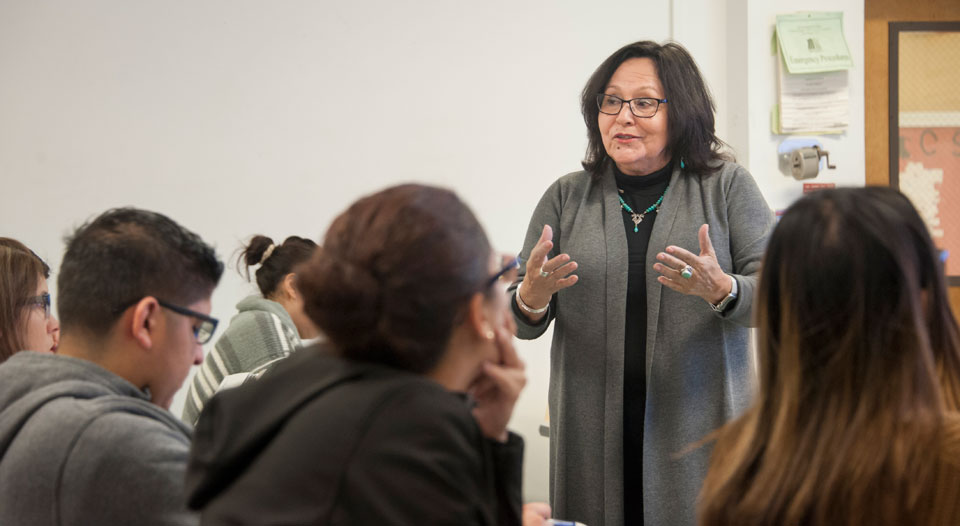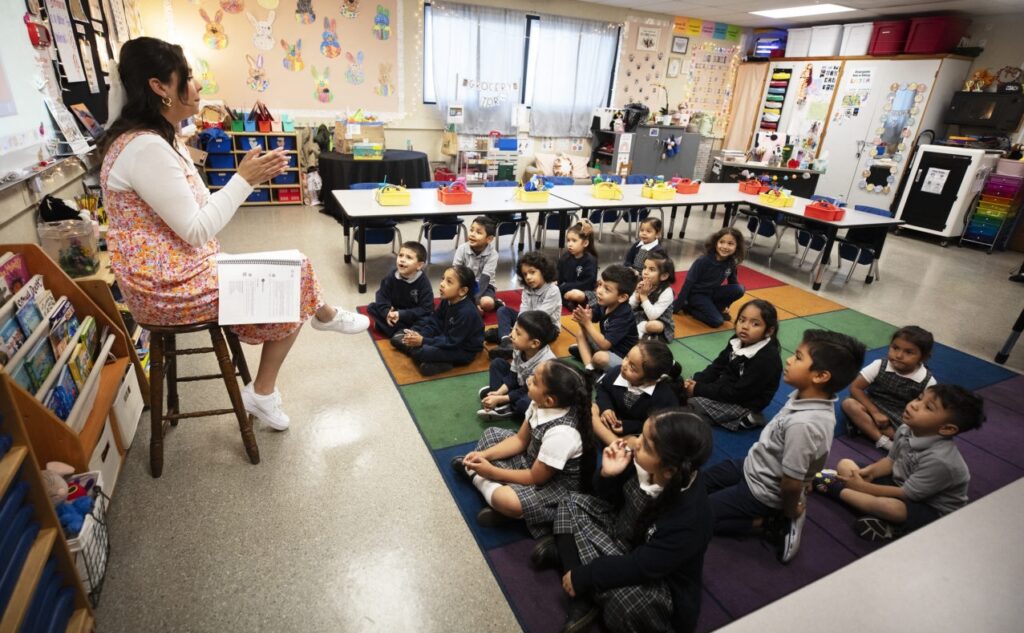
UC Berkeley students on campus on Sather road in Berkeley.
Credit: Alison Yin / EdSource
Long revered as the birthplace of the free speech movement in the ’60s, UC Berkeley now finds itself at the center of a fractious debate about First Amendment protections and religious intolerance amid the unfolding tragedy in the Middle East.
Tempers are running high on all sides amid the bloodshed in the Middle East, which has already claimed thousands of lives, exposing ideological rifts between students and professors at the law school, spurring a discrimination lawsuit against the UC system and setting off a broader a debate over who gets to define the boundaries of First Amendment protections, a drama heightened by Berkeley’s legendary status as the heart of the ’60s student protest movement.
“It’s emblematic of the polarized times that we live in. We can’t begin to decide what the contours of expressive rights are,” said Will Creeley, the legal director of the Foundation for Individual Rights and Expression, a free-speech advocacy group. “In our pluralistic democracy, there are going to be groups out there with beliefs that you don’t share, that maybe the majority of Americans don’t share. But that’s what our system of government kind of defends and requires. We believe in groups of citizens banding together, even groups of citizens with unpopular ideas. That’s what the First Amendment protects.”
The war of words first flared last summer when a student group, Law Students for Justice in Palestine, adopted a bylaw that banned supporters of Zionism from speaking at its events. Roughly 22 other student groups have adopted variations of this bylaw.

“As law students, we must utilize our privilege in amplifying the voices of indigenous movements for liberation and engage in the academic and political boycott that is essential to furthering goals of freedom,” as the LSJP group noted on its Instagram page, framing the bylaw issue as a matter of free speech. Members of the group did not respond to messages seeking comment.
Others view the bylaws as discriminatory toward Jewish students, faculty and invited speakers. Steven Davidoff Solomon, a noted professor of corporate law, took offense at the bylaw, firing off an op-ed in the Wall Street Journal urging employers: “Don’t Hire My Anti-Semitic Law Students.”
“The student conduct at Berkeley is part of the broader attitude against Jews on university campuses that made last week’s massacre possible,” he wrote in the aftermath of the Hamas attack on Israel on Oct. 7.
In response to that commentary, a group of alumni wrote an open letter to Erwin Chemerinsky, the dean of the law school, calling on him to uphold the rights of all students. The letter argued that Solomon conflated “support for the Palestinian people or criticism of the Israeli government with antisemitism.”
Chemerinsky responded by voicing the school’s commitment to freedom of speech, including language that “others find offensive, even deeply offensive.” Excluding speakers based on race, religion, sex or sexual orientation would not be allowed, he said, but excluding speakers based on viewpoint is a different matter.
“Student organizations have the First Amendment right to choose speakers based on viewpoint,” said Chemerinsky. “The College Republicans can choose to invite only conservative speakers. The Women of Berkeley Law can choose to invite only pro-choice speakers. I think that is quite clear.”
However, if you consider anti-Zionist to be synonymous with antisemitic, as some do, then excluding Zionist speakers can be seen as a discriminatory act.
“Nobody’s saying you have to include a program on a position that you disagree with,” said Alyza D. Lewin, president of the Brandeis Center For Human Rights under the Law. “They’re saying you cannot exclude an individual on the basis of their identity. That is a form of discrimination they need to address. You can’t have groups saying, ‘Zionists aren’t welcome,’ because that’s excluding Jews on the basis of an integral component of what it means to be a Jew.”
That’s among the reasons the Brandeis Center and Jewish Americans for Fairness in Education are suing UC Berkeley for what they characterize as the “longstanding, unchecked spread of anti-Semitism” on campus. The suit argues that anti-Zionism is a form of antisemitism and that the student group bylaws violate the 14th Amendment’s equal protection clause, the First Amendment right to freedom of religion and Title VI of the Civil Rights Act.
“Conditioning a Jew’s ability to participate in a student group on his or her renunciation of a core component of Jewish identity is no less pernicious than demanding the renunciation of some other core element of a student’s identity — whether based on race, ethnicity, gender, or sexual identity,” as the lawsuit said.
Others reject the notion of equating antisemitism with anti-Zionism.
“I am wary of that argument for a couple reasons. First of all, I do think there is a distinction between anti-Zionism and antisemitism,” Creeley said. “You have a First Amendment right to criticize Israel. That’s core political speech.”
Still, the question became a hot-button issue when more than two dozen Wall Street law firms signed a letter warning deans at top law schools that they have “zero tolerance policies for any form of discrimination or harassment, much less the kind that has been taking place on some law school campuses.” Harvard, Columbia and NYU students have already lost job offers over “inflammatory remarks.”
Other voices, however, defend the right of student groups to invite whomever they choose to speak on campus. For instance, it has been noted that some chapters of Hillel, the Jewish student group on college campuses, have rules prohibiting speakers who “delegitimize” Israel.
“If you are a public university, you can’t require your belief-based student groups to either adopt or disavow certain beliefs,” said Creeley. “Student groups have an associational right, protected by the First Amendment, to band together over a shared belief, even if that belief is noxious to some, many, or even most.”
But some argue that freedom of speech should not trample on the freedom of religion. Kenneth Marcus, chairman and founder of the Brandeis Center as well as the civil rights chief of the U.S. Education Department during the Trump administration, has likened the bylaws to the “Jewish-free zones” of the past.
“The school is quick to address other types of hatred, but why not antisemitism?” as Marcus, a Berkeley law school alumnus, has put it. “Berkeley, once a beacon of free speech, civil rights and equal treatment of persons regardless of race, religion, ethnicity, national origin, gender and sexual orientation, is heading down a very different and dangerous path from the one I proudly attended as a Jewish law student.”
Hannah Schlacter, a second-year MBA student at UC Berkeley’s Haas School of Business who is part of Jewish Americans for Fairness in Education, one of the plaintiffs in the lawsuit, says she feels unsafe on campus.
“I sense a hostile campus environment towards Jewish students who express their Jewish identity in certain ways. This was the case before 10/7, but it became even more so after 10/7,” she said. “If I express a part of my Jewish identity, like holding a flag of the Jewish homeland, then if I am assaulted, the university has demonstrated they will not investigate nor call it hate crime.”
The dean of the law school, a constitutional law scholar who is Jewish, refutes the central tenet of the suit.
“There is no ‘longstanding, unchecked antisemitism’ on the Berkeley campus,” said Chemerinsky. “I have been here six and a half years, and it is just a false narrative. I doubt the people who wrote it have been on campus.”
At the core of the debate is how you define freedom of speech, which has become an increasingly contentious matter in itself in recent years. Some say there’s not as much common ground on what constitutes free speech and the critical role it plays in feeding a lively marketplace of ideas, the foundation of any participatory democracy, as there once was.
“I have been teaching First Amendment law for 44 years and I think there is less consensus about free speech than there used to be,” said Chemerinsky. “The first seven weeks of this semester were calm and easy. Since Oct. 7, it has been difficult on our campus and on campuses across the country.”
For his part, the dean has also blamed the media, suggesting that many outlets have overblown the controversy, pouring fuel on the fire.
“What is the proper role of the university? To be a place where all ideas and views are discussed,” he wrote. “At my law school, the Law Students for Justice in Palestine bring in speakers and hold programs to express their views. At the same time, the Helen Diller Institute for Jewish Law and Israel Studies holds many programs.”
Lewin disagrees that institutional neutrality is the best approach to combat a rising tide of bias. The suit argues that the university failed to address antisemitic incidents on campus following the Oct. 7 Hamas attacks on Israel. In one campus incident, the suit alleges, a Jewish student draped in an Israeli flag was assaulted by two protesters who hit him in the head with his water bottle.
There has also been a rise in anti-Islamic incidents. Pro-Palestinian students have reported being harassed and threatened in the wake of Oct. 7, according to university officials.
“Hate doesn’t start with violence. Hate starts with biased attitudes,” said Lewin. “It starts with stereotypes. And then it builds. The reason we’re now seeing the violence is because for all those years when the biased attitudes, the stereotypes, the slurs, the shunning were taking place, the university said we’re not doing anything.”
Certainly the law school is far from being alone in grappling with these thorny issues. Cases of both Islamophobia and antisemitism have been spiking on campuses across the country. These mounting incidents have prompted a federal response, with President Joe Biden’s Department of Education announcing investigations into antisemitism and Islamophobia at a growing number of universities, including Harvard, Columbia and Cornell.
“Of all the issues we deal with, of all the topics of speech, abortion, Trump, politics, whatever, Israel and Palestine has always been the most intensely felt. And that was true before Oct. 7. Now, holy moly,” said Creeley. “It’s the intensity of the feelings on both sides and the decades of historical precedent, the general feeling of bitterness and hopelessness. It all coagulates into a very toxic stew on campus.”
The social strife rampant on campuses across the country, experts say, may reflect a deeply divided nation coping with myriad crises, foreign and domestic. This has spread far beyond campuses to society at large with Oakland’s City Council passing a resolution calling for a cease-fire in Gaza. Demonstrators recently shut down the San Francisco Bay Bridge while others staged a sit-in at Oakland’s Ronald V. Dellums Federal Building, also urging a cease-fire. Protesters have also delayed a ship, which was believed to be carrying military supplies, for nine hours at the Port of Oakland. The use of hate speech is also rising online. Common ground is proving elusive on all fronts.
Grappling for ways to combat the rising tide of hate, UC President Michael Drake has pledged $7 million toward addressing “acts of bigotry, intolerance, and intimidation” on campuses.
“We have a crisis today on America’s campuses,” as Marcus said in his testimony before the House Committee on Education in a hearing titled “Confronting the Scourge of Antisemitism on Campus.” “This is an emergency, and I would suggest to this committee that when the problem is exceptional and unprecedented, the solutions need to be unprecedented and exceptional.”
Chemerinsky, for one, takes a pragmatic approach to the discord on and off campus in these polarized times. At the law school, he says he hopes to engender a greater sense of civility in the discourse.
“I don’t think we can aspire to unity,” he said. “But we can work to create community and to make all students feel included and respected.”
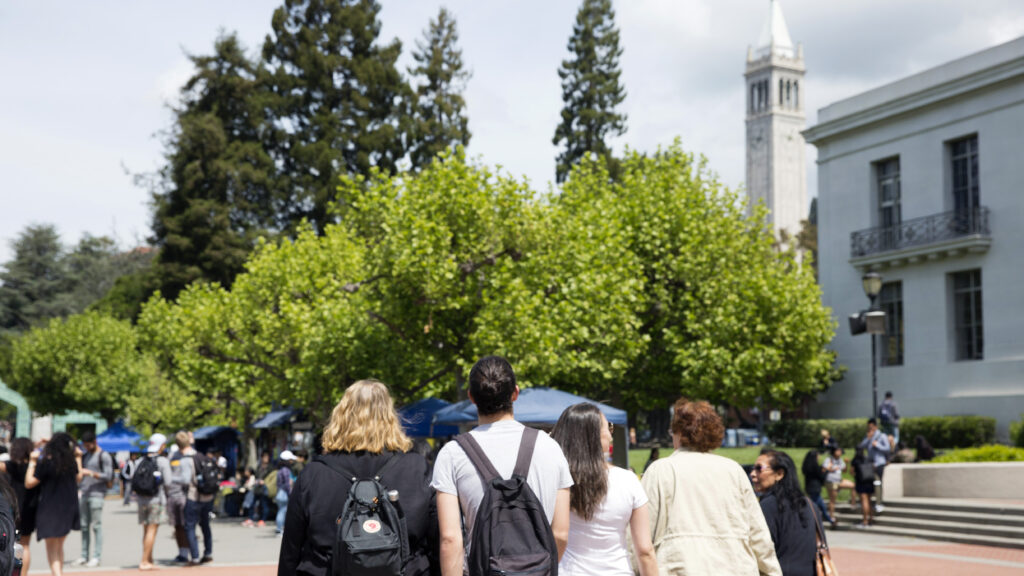
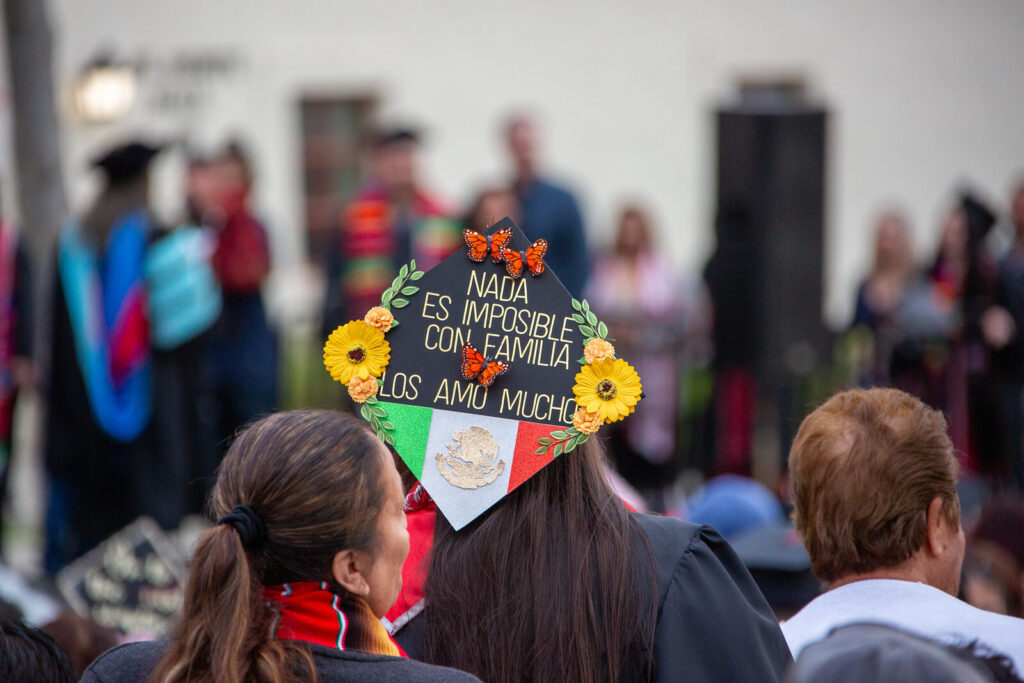






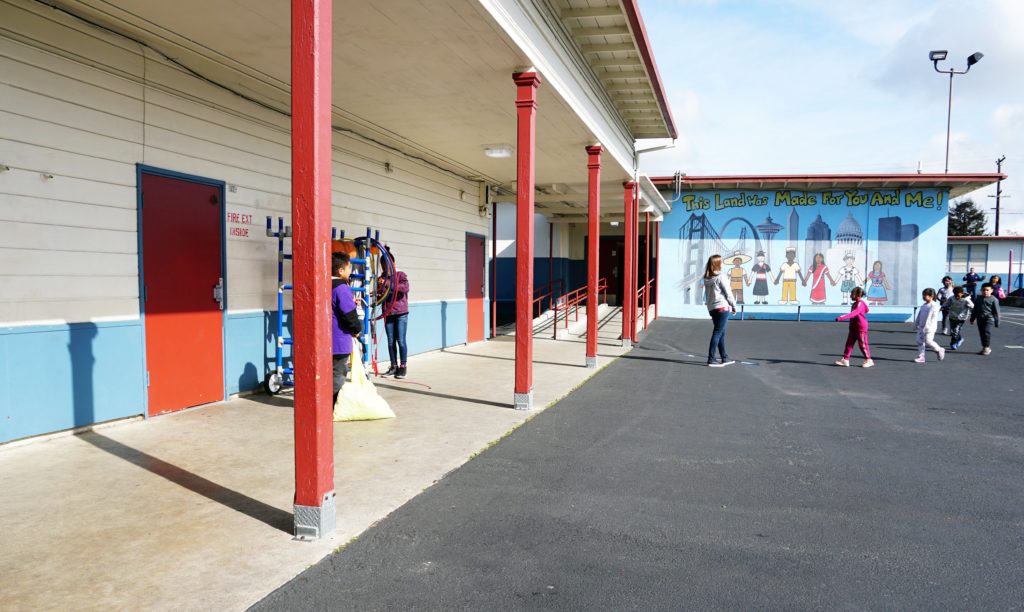



)
